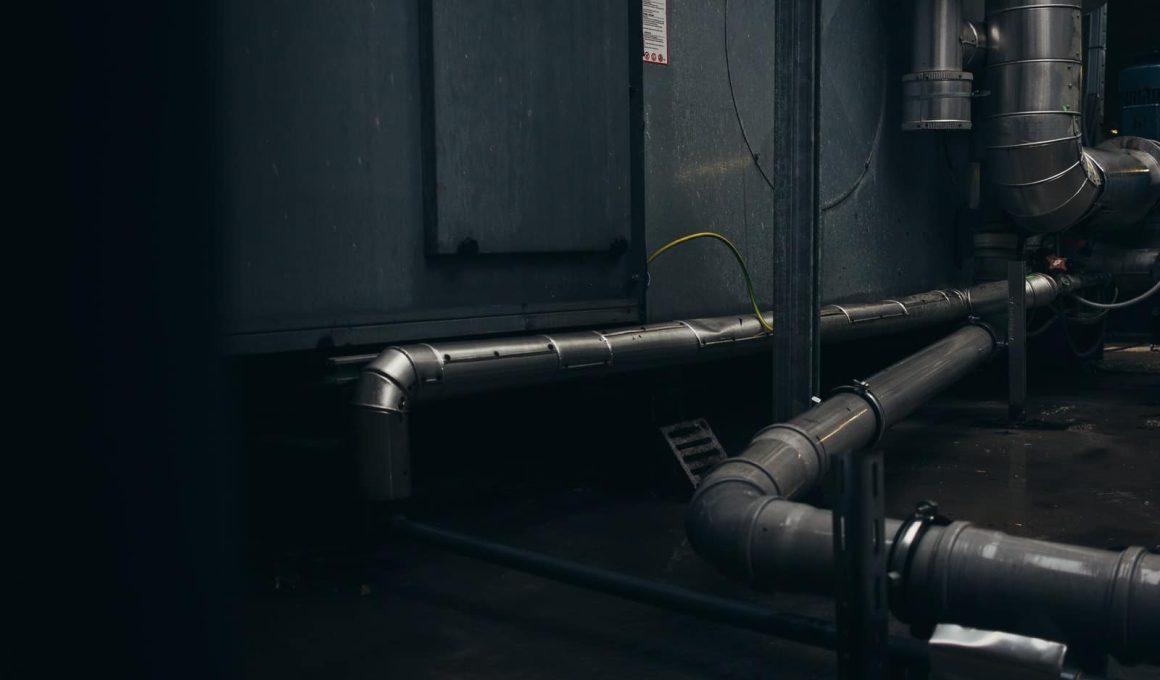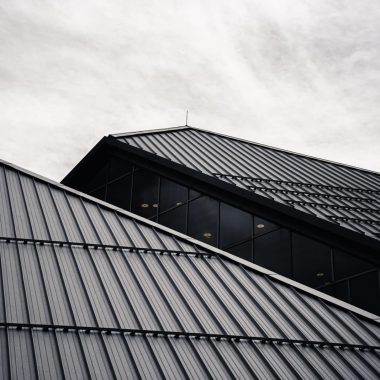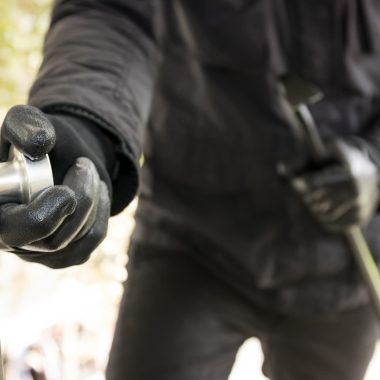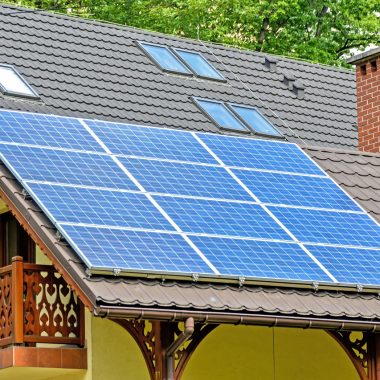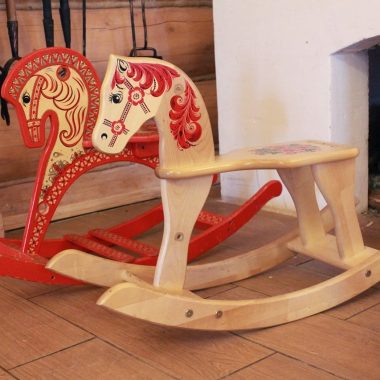Pipes are essential in every building’s construction to pass water around the building, and fittings are necessary to avoid leaks.
However, there are many pipe fittings, and they all have different purposes. The most common pipe fitting people use in residential plumbing is the tee fitting.
Keep reading as we discuss different types of pipe fittings and their uses.
What is a Pipe Fitting?
A pipe fitting connects two pieces of piping. Several pipe fittings, consisting of various materials such as metal or plastic, are available for connecting pipes.
Examples include elbows, tees, couplings, reducers, unions, nipples, and valves. These devices help connect pipes to smooth the flow direction without any leaks.
Pipe fittings come in male and female threads. Male fittings join with other male fittings, while female fittings are designed to fit into female fittings.
This allows one piece of pipe to connect to another piece of pipe. For example, you can use a union to connect two pieces of pipe.
A union has a male thread on one end and a female thread. You would then screw this onto the ends of your pipes. Moreover, these threads have a flare at the top, which gives the pipe a tight seal.
The first step to using a pipe fitting is determining which type will work best for the project. Pipe fittings are in different shapes and sizes.
For example, elbow fittings join two straight pipe sections together, tee fittings connect two circles or semicircles, and couplings connect two round pipes.
Reducers are used to reduce a pipe size, and unions join two pipes. Nipples attach a nipple to a pipe, while valves control water flow.
Different Types of Pipe Fittings
There are different types of pipe fittings, with elbows, tees, and unions being the main types. Let’s examine each type.
Elbows
An elbow is a 90-degree bend in a pipe, commonly used to change the direction of the pipe.
Elbows are made of copper or brass and are often referred to as right-angle bends because they are 90 degrees. An elbow fitting connects two straight sections.
It has an angle at one end, connecting with another pipe fitting or fixture. This fitting is found in commercial and residential plumbing systems.
A standard elbow fitting connects to a 90-degree elbow, a medium elbow connects to a 120-degree elbow, and a large elbow connects to a 150-degree elbow.
Standard elbows are typically made from copper, brass, stainless steel, or plastic. If you’re using them in your home, buy the right size for your project. You should also check the manufacturer’s specifications before buying any elbow.
Tee Fittings
A tee is a type of pipe fitting that connects two circular or semi-circular pipes. Tees often keep the pipes connected, and the most common tee fitting is the 45-degree tee.
This type of tee fitting connects two 45-degree angles. However, there are also other types of tee fittings. One type is the 60-degree tee, and another is the 90-degree tee.
You might consider installing a bathtub or shower stall with a tee fitting. These fixtures require a lot of space around the tub or shower area. Therefore, you might need more than one pipe connection.
Tee fittings can be made of either plastic or copper. However, copper is generally better since it lasts longer than plastic. However, plastic is easier to work with.
Couplings
A coupling is another pipe fitting used to join two round pipes together. There are three types of couplings: expansion, compression, and flange.
Compression couplings are the most popular among homeowners. Plumbers mainly use expansion and flange couplings.
Compression couplings are used to join two round pipes together. A nut and washer combination is used to tighten the joint.
When tightening this joint, ensure that the nut doesn’t overtighten it. Overtightening could cause leaks and damage to the pipe.
Expansion couplings are similar to compression couplings but have a larger diameter. They are used to join two non-round pipes together. Flange couplings, which come in many sizes and shapes, are used to attach a pipe to a wall.
Unions
A union is a fitting that joins two pipes together. There are three types of union fittings: slip-joint, compression, and threaded unions.
Compression unions are like couplings. Both of them are used to connect two pipes. However, they differ in their method of securing the pipes together.
A coupling uses clamps to secure the pipes together. On the other hand, a compression union uses a rubber ring to hold the pipes together.
Slip joints connect two straight pipes. Unlike compression fittings, this type of union doesn’t use clamps. Instead, it relies on a rubber band to secure the pipes together while allowing some movement.
Threaded unions connect two pieces of equipment. For example, a threaded union joins a water supply line to a faucet.
Threaded unions come in various sizes and styles. Some of them have a male thread, while others have female threads. Ensure to choose the correct size based on the diameter of your pipes.
Reducer Fittings
Among the types of pipe fittings, reducers are useful in reducing the pressure of a high-pressure pipe.
There are two types of reducers: eccentric and concentric. People use the eccentric reducer when the pipe is reduced and larger than the reducer.
On the other hand, concentric reducers are used to reduce smaller pipes. Eccentric reducers are usually made out of cast iron or carbon steel.
They can withstand high pressures and temperatures, making them ideal for residential plumbing projects.
However, a concentric reducer usually comprises aluminum or plastic. It is less expensive than eccentric reducers, but it is not as durable.
Cross Fittings
A cross-fitting is another type of pipe fitting that connects two different pipes. It connects hot and cold water supply lines. It would help if you used a cross-fitting to install a new kitchen sink.
The most common type of cross-fitting is a “Y” fitting. It consists of two 45-degree elbows connected by a short piece of tubing.
Another type of cross-fitting is the “X” fitting. It has two 90-degree elbows connected by two lengths of tubing.
Wyes
A wye is among the different types of pipe fittings. This fitting joins two pipes together at right angles. It also connects the main supply line with several branch lines. Wyes consist of copper and PVC piping materials.
They are typically installed using a special tool. If you don’t have one, you can use a hacksaw blade to cut off a section of pipe and then bend the pipe into shape.
Conclusion
Fittings connect pipes and allow us to control the flow of water through our homes. Without fittings, our homes would have many leaks.
There are several types of pipe fittings, each performing a specific function. When choosing a fitting, you should determine what kind of job you’ll do. Then, it would help if you looked for a fitting to help you complete that task.
